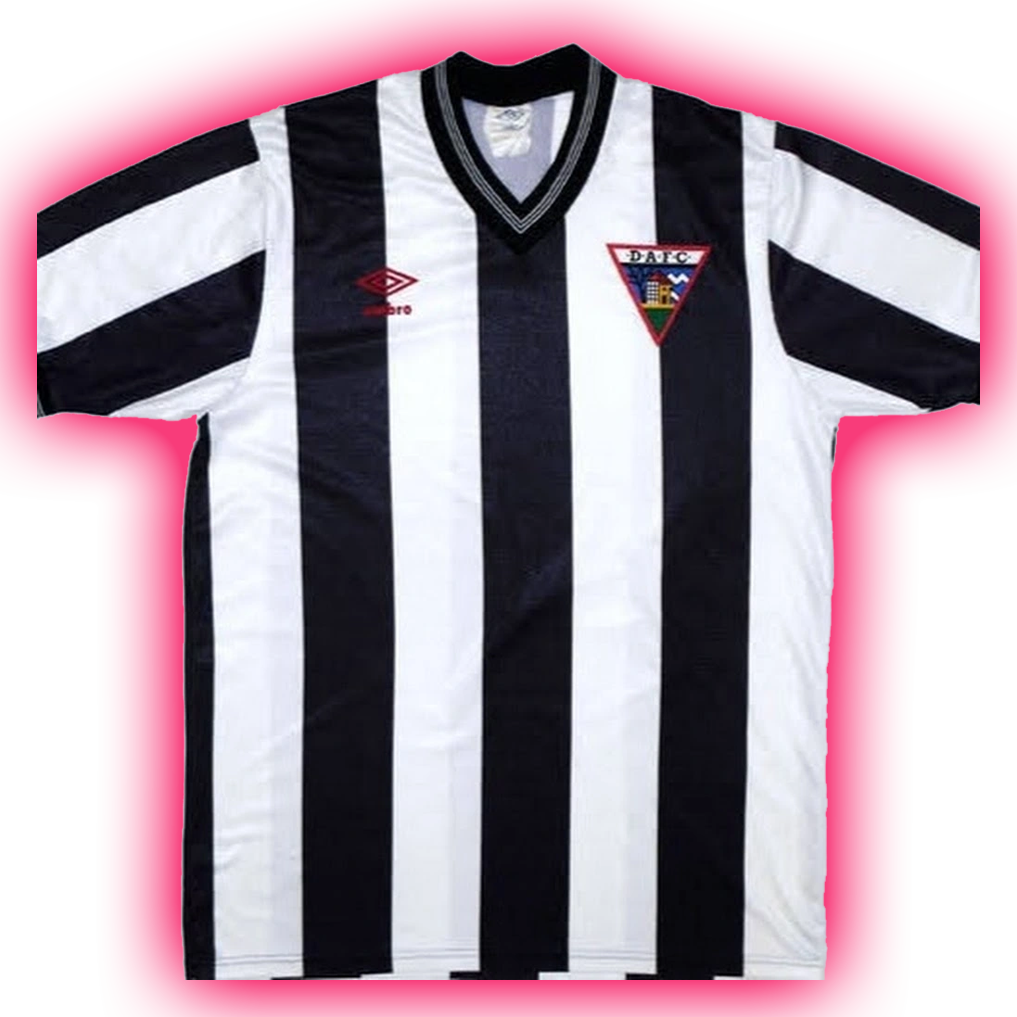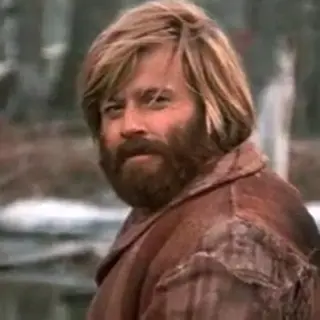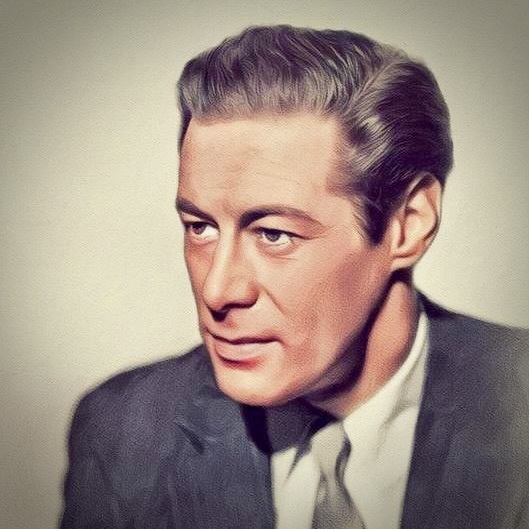Is lack of trust in their comedy or they really think the public is that dumb they need to know when to laugh?
Or is a by product of its former format, the live laughs with a crowd while filming?
So you’ll know it’s supposed to be funny.
If you’ve ever watched the the videos of the Big Bang Theory sitcom with the laugh tracks removed, you’ll notice it feels a lot more like a group of people being shitty and verbally abusive towards each other and it’s not all that funny without being told to laugh.
Why go through the trouble of writing an actual funny dialogue when you can just tell the viewers it’s funny and they’ll laugh?Or is a by product of its former format, the live laughs with a crowd while filming?
This is the reason. Television comedy derives from stage shows where the audience sits in one direction from the stage.
A lot of early television comedy programming was often from variety shows, where the live studio audience is an important feedback mechanism for the actual performers. A standup comic needs a laughing audience to respond to (and often, so do other stage performers, including sketch comedy).
So television comedy comes from that tradition, and a live audience was always included for certain types of programs. Even today, we expect variety shows to have audiences. For example, John Oliver’s show without an audience felt kinda weird while that was going on in 2020. And even some pre-filmed sketch comedy shows, like Chappelle’s Show, would record audiences watching the pre-recorded sketches as part of the audio track for the broadcast itself, while Chappelle himself was filmed essentially MCing for that audience and those sketches.
So sitcoms came up on sets with live performances before studio audiences, just like sketch comedies and variety shows or daytime talk shows. That multi camera sitcom format became its own aesthetic, with three-walled sets that were always filmed from one direction, with a live audience laughing and reacting. Even when they started using closed sets for safety and control (see the Fran Drescher stuff linked elsewhere in this thread), they preserved the look and feel of those types of shows.
Single camera sitcoms are much more popular now, after the 2000’s showed that they could be hilarious, but they are significantly more expensive and complicated to shoot, as blocking and choreography and set design require a lot more conscious choices when the cameras can be anywhere in the room, pointed in any direction. So multi camera still exists.
Also worth noting the canned laughter began with radio programs. The Wikipedia page on laugh tracks has a well detailed explanation on the evolution of this under History In The United States on it’s Laugh Tracks page
They started using laugh tracks back in the 50s, but they became the standard in the 80s due to the attack on Fran Drescher. At that time, sitcoms were still commonly recorded in front of a live studio audience.
In 1985, she and her husband were brutally attacked in their home by two men who had stalked her from a live taping. In response, the studio went to a closed set for security and hired Central Casting “laughers,” that were eventually replaced by a laugh track. Other sitcoms followed suit when studios saw the ratings and cost benefits to a laugh track over taping in front of a live studio audience.
Huh, today I learned, and that’s crazy.
The more you learn about Fran, the more you have to respect that woman.
She’s anti vax, unfortunately.
And sadly clearly does not think voice actors deserve the same protections as film actors.
Their union deals were a win for everyone but voice actors it seems.
She’s anti vax mandate, not anti Vax. She herself is vaccinated.
What’s the point when herd immunity is necessary?
Laugh tracks were extensively used long before the Fran Drescher thing though?
Nearly every show I watched from the 60’s to the early 80’s used them. It was noticeable when there wasn’t a laugh track.
It’s true. Laugh tracks were used since the 50s to sweeten the audience sound, but sets didn’t close and become exclusively hired laughers and laugh tracks until that incident.
Because people watching TV alone are more likely to laugh, and are more likely to rate the show better.
It’s weird, I grew up watching shows with laugh tracks but now they make me cringe. I can watch reruns of those old shows no problem but if I see a new show and it has a laugh track I’m immediately put off.
old shows were more likely to have an actual audience, like friends or seinfeld
We’re social creatures. The laugh track makes us feel like we’re in a social situation. I think different shows use this more or less cynically.
Not sure if my brain just works differently but I’ve always felt isolated by the laugh track. It’s always made me very uncomfortable to watch a show that isn’t funny and hear people that aren’t me laughing and clapping constantly. Makes me feel like I’m being manipulated by aliens into feeling fake joy or something, I hate it.
It’s needed for some shows like Big Bang Theory to know when a joke was " funny "
Have you ever watched the youtube videos that remove the laugh tracks from the big bang theory. It’s almost too cringe to watch.
I am not a fan of The Big Bang Theory by any means, but removing the laugh track on any show will make the jokes less funny due to the pacing for edits. They hold on shots longer to add in laughs… this makes for long uncomfortable silences when laughter is removed. And timing is very important in comedy.
If someone removes the laugh track, they should also remove the long silences to give it a better chance. I don’t think it would help TBBT much for me, but comedy is subjective.
You are partially correct. The pacing is a thing, for sure.
But if you do watch those videos there are plenty of non-joke pauses for laughs. I can recall one where one of the guys walks up to the others sitting in the cafeteria and says “hey guys”… pause for laughs. He wasn’t dressed funny, he wasn’t doing anything odd, just… “time to laugh, I guess”.
IMO, canned laughs are the tool of those that aren’t really that good at writing comedy.
It’s too cringe to watch with the laugh track too. It’s too cringe to watch.
I think you’re watching some variation of a “shreds” video
I’m not saying this is what they or other shows do, but just saying it was filmed before a live audience does not necessarily mean that it’s the sound of that live audience that makes it to the broadcast product. Easy enough to add a laugh track to augment or even completely replace the sound of a live audience.
EDIT - in fact there’s even a name for it - Sweetening
Well, in the case of BBT that’s specifically what the article says - the sound of laughter on set is the audience. But yes historically laugh tracks were used to replicate that. And for a long time most people didn’t know it was a laugh track.
It wasn’t “just” the audience. Sweetening enhances the laughing - it doesn’t replace it.
I always thought of it this way. You see fun videos of sitcom outtakes, everyone is having fun on set. This means multiple takes. How hard would you imagine it is for an audience member, on the 15th take, to laugh? Sweetening.
It’s kind of still a laugh track because they have big illuminated signs telling the audience when to laugh.
That show overused the laugh track, imho.
MASH had a laugh track that the creators hated, but the network insisted on. As a compromise, they agreed not to use the track during surgical scenes.
https://www.mentalfloss.com/article/56777/why-did-mash-have-laugh-track
If you watch the Canadian version it didn’t have a laugh track. IMO a much better presentation of the show.
QI (the British panel show) discussed this in an episode during social distancing where they had to perform with no audience: https://youtu.be/EKVD3n6Atl0 (it’s the first topic of conversation, not the whole episode of course)
My favourite bit is:
Alan: “I had a radio show in the late 90’s, and we were so funny that the people at the BBC comedy said we could use those laughs on nearly every other program we make. […] That was the best compliment I’ve ever had in my whole career. ‘We’ve kept your laughs, and we’re using them on other shows’.”
I believe its a byproduct of originally being filmed in front of a studio
99% Invisible did an episode on this.
It’s a great listen. Basically it makes audiences think the show is funnier, or rather it gives audiences permission to laugh out loud alone.
I can recall numerous comedy movies I went to where I was the first to laugh. Like a full “ha” before everyone else started laughing. I am unsure if I influenced others to laugh, I was more satisfied that I didn’t need another person to laugh to actually enjoy what I was seeing.
This one guy invented “the laff box”, a fairly complex machine with a wide variety of laughs that you could put together however you wanted to, and it was so successful in getting the audience to laugh that every show used it.
And that one guy would often be the only one who knew how to operate it, and could basically play a piano of laughs to suit the mood or whatever for any tv show.
It’s a pretty great story if you’re interested
https://en.m.wikipedia.org/wiki/Sweetening_(show_business) gives a quick rundown.
In television, sweetening refers to the use of a laugh track in addition to a live studio audience. The laugh track is used to “enhance” the laughter for television audiences, sometimes in cases where a joke or scene intended to be funny does not draw the expected response, and sometimes to avoid awkward sound edits when a scene is shortened or more than one take is used in editing.
I know that on FRIENDS, they filmed the show with a live audience. They used the audience to figure out if the jokes were funny enough and drew a lot of feedback from them.
The show definitely also used laugh tracks as well.
Some shows use an obnoxious amount of laugh tracks though.
It’s weird AF, because their conversations is part of the reactions from the audience / laugh track. So when there’s no laugh track, there’s just long, silent pauses between their lines.
I think it’s a combo of the two. I watch a lot of panel shows and the first thing that comes to mind is pandemic filming. It actually was a bit awkward at first not to have the studio laugh because it was traditionally filmed with a live audience. That’s still half an argument as certain shows will have cues for the audience.
At the end of the day we are very social animals and appreciate feeling emotion together so if we find something funny/scary/exciting we get positive feedback when others around us (at least sound like) they feel the same. It’s the main reason a decent amount of people enjoy going to the movies.
This will fall flat when laugh tracks are added over frequently; but when used properly (and with actually good jokes) they encourage the audience to fully engage.
Imagine the embarrassment of being the only person to clap/laugh/scream at a performance; thats the intended buffer for ‘canned’ responses.
Edit; when I started this comment there was only one response. What I cover was also brought up by other commenters, but I’m slow at typing while I’m sleepy (RIP)
You made points others didn’t, and your edit demonstrates another aspect of the alone/crowd response to a prompt.
Laughing with a “crowd” supports you until you realize you were alone all the time, whereas thinking you’re the only commenter frees you to share your insights, but finding you were part of a crowd made you embarrassed about it. Don’t be. We all know being first allows comments to get more points, but more slowly typed comments also add value to the conversation.
An interesting case (from a book which I unfortunately can’t remember the name of) from when Jack Benny’s career transitioned from radio to tv: he hated the laugh track, so much so that he demanded it be cut way back and lowered in volume. He also utilized it in an unexpected way: when he had a live audience in certain cases, if a joke or gag got an unexpected big laugh that he didn’t think deserved the reaction, he’d fill in a laugh track with a more muted response.
It’s because they think you’re too dumb to get the joke and wanna let you know that something funny happened.








